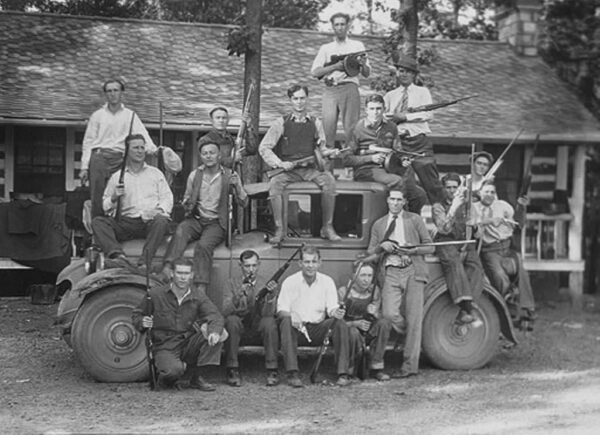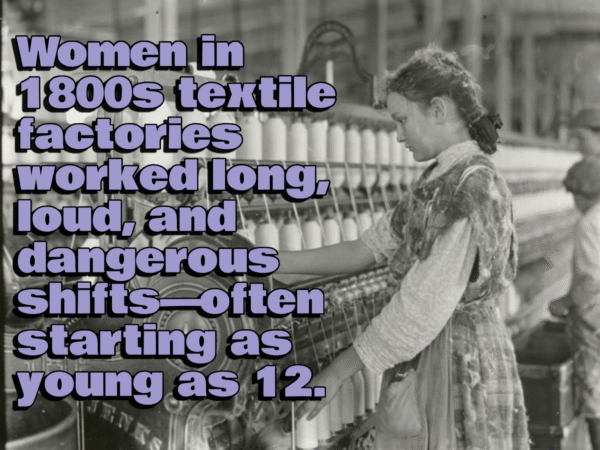In the year 1960, Kansas City, Missouri, stood at the crossroads of history, embodying the spirit of a nation on the brink of change. As the heartland of America, this bustling metropolis served as a microcosm of the social, economic, and political dynamics shaping the country at large. Against the backdrop of post-war prosperity and the dawn of a new decade, Kansas City thrived as a beacon of opportunity and innovation.
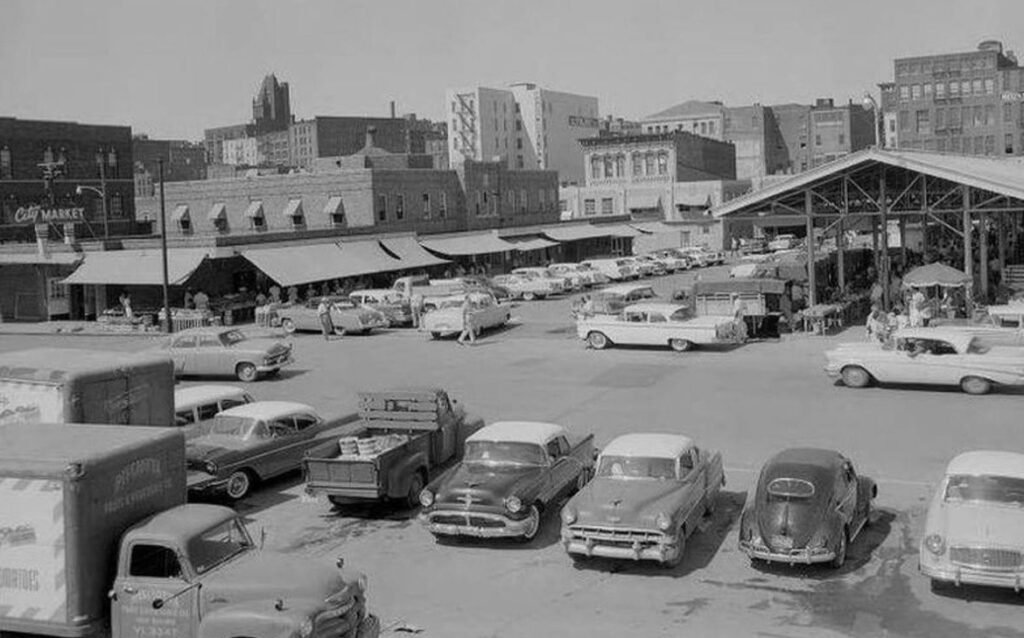
Throughout this article, we will delve into the various facets of life in Kansas City during this transformative period. From its vibrant economy and rich cultural scene to its evolving social landscape and political climate, we will uncover the essence of what it meant to be a resident of Kansas City in the year 1960. So join us on a journey through time as we explore the sights, sounds, and experiences that defined life in this dynamic city over six decades ago.
KC In 1960s
As the 1960s dawned, Kansas City found itself at the forefront of economic prosperity and innovation. With its strategic location as a major transportation hub and thriving industrial base, the city served as a beacon of opportunity for residents and businesses alike. Industries such as manufacturing, agriculture, and transportation fueled the local economy, providing jobs and stability to thousands of workers.
However, the economic landscape of Kansas City was not without its challenges. Despite the post-war boom, disparities in wealth and opportunity persisted, particularly among marginalized communities. Efforts to address these inequalities were underway, but much work remained to ensure that all residents could share in the city’s prosperity.
One significant aspect of Kansas City’s economic vitality was its robust transportation infrastructure. The construction of highways and interstates, such as the famed Route 66, facilitated the movement of goods and people, driving commerce and growth. In fact, the advent of the interstate highway system, pioneered by states like Michigan in 1956, heralded a new era of mobility and connectivity for cities across America.
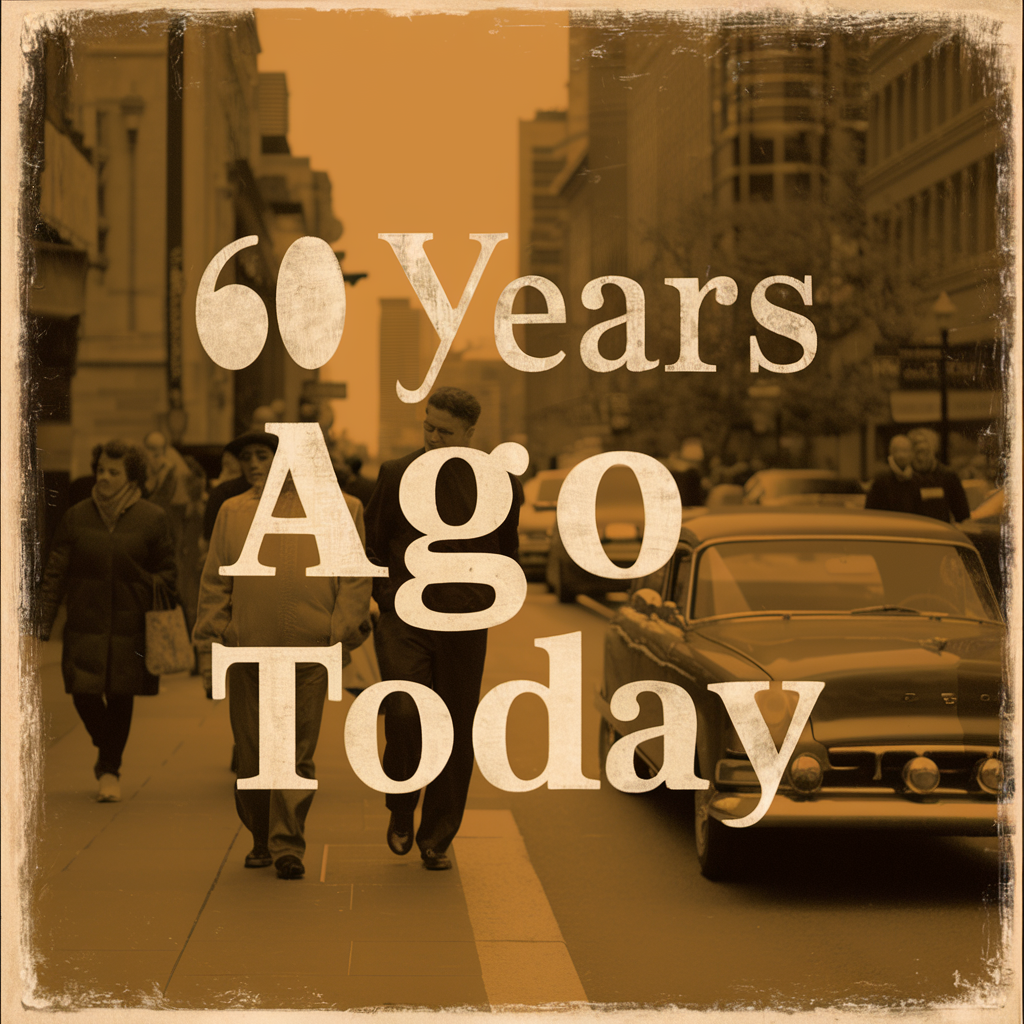
Social Dynamics
In the vibrant tapestry of Kansas City life in the 1960s, social dynamics played a crucial role in shaping the fabric of the community. From bustling neighborhoods to thriving cultural institutions, the city buzzed with activity and diversity. Residents of Kansas City embraced a rich tapestry of cultures, traditions, and lifestyles, contributing to the city’s unique identity.
Yet, amidst the hustle and bustle of urban life, there were also challenges to be faced. Segregation and racial tensions lingered, casting a shadow over the city’s progress and unity. Despite efforts to promote equality and inclusivity, deep-rooted divisions persisted, reminding residents of the work yet to be done in building a truly equitable society.

One iconic landmark that symbolized the spirit of Kansas City in the 1950s was the Downtown Airport. Serving as a gateway to the city, this bustling hub of activity welcomed travelers from near and far, connecting Kansas City to the world beyond its borders. The airport was not just a transportation hub but also a focal point of community life, hosting events, airshows, and celebrations that brought people together in a spirit of camaraderie and excitement.
Discover the rich history of Downtown Airport in Kansas City, Missouri, during the 1950s.
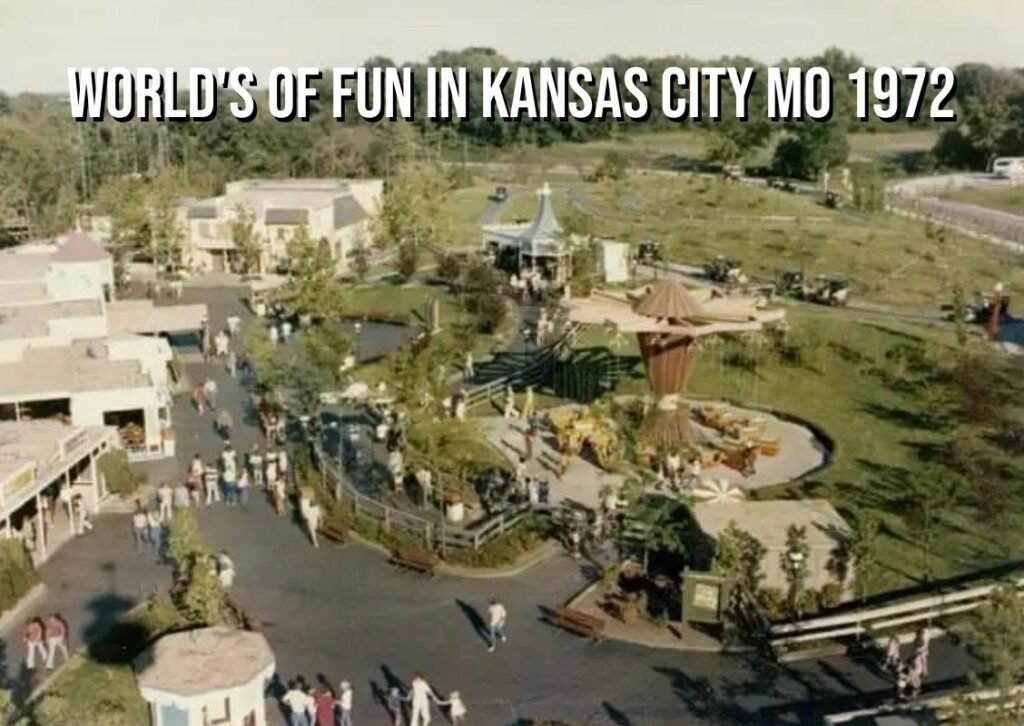
As an Amazon Associate we earn from qualifying purchases through some links in our articles.



